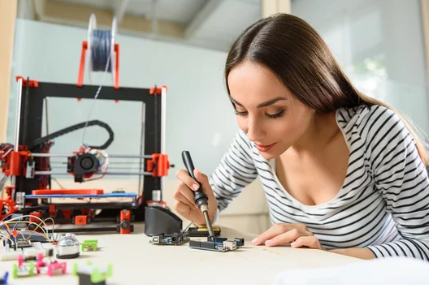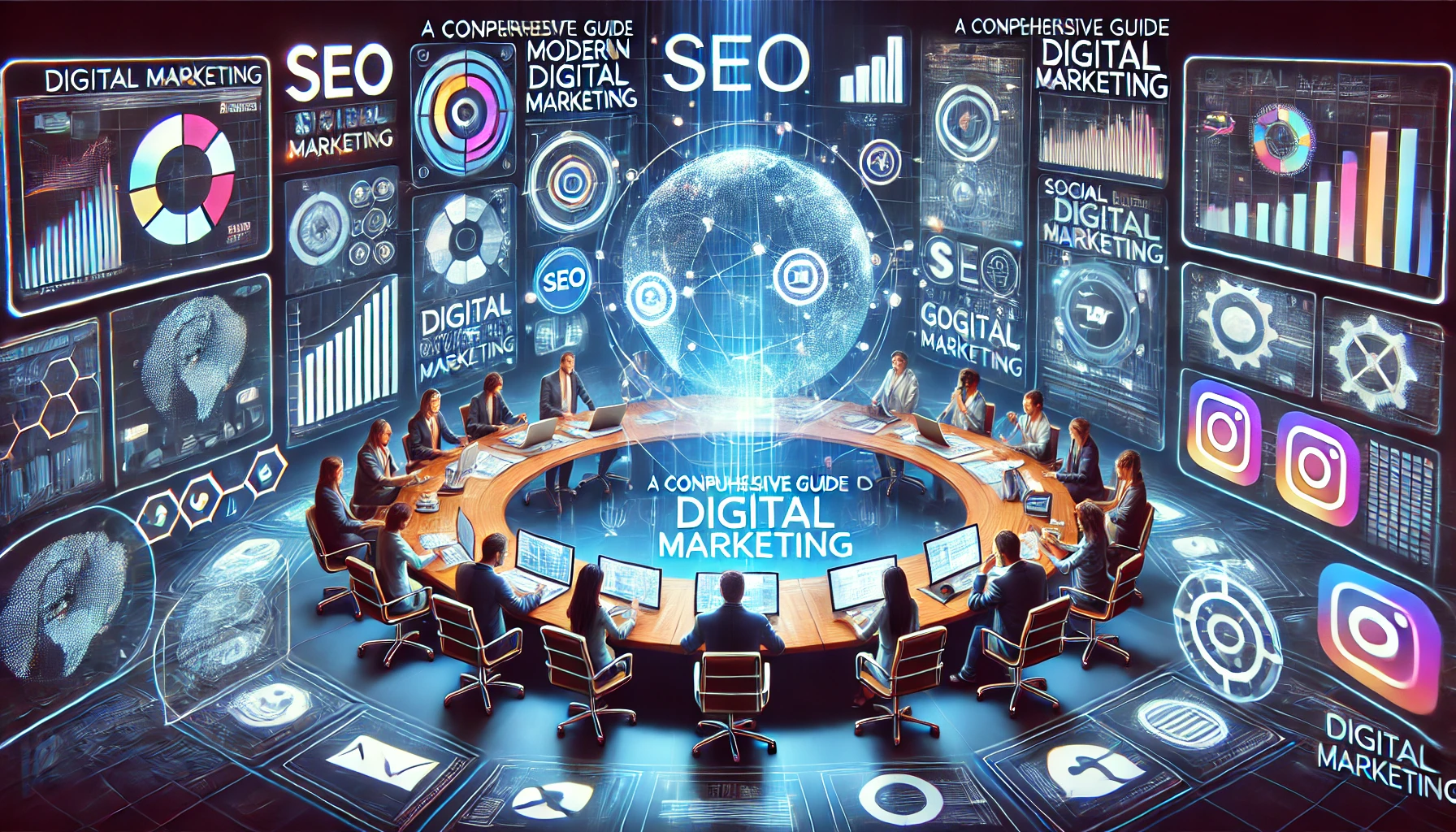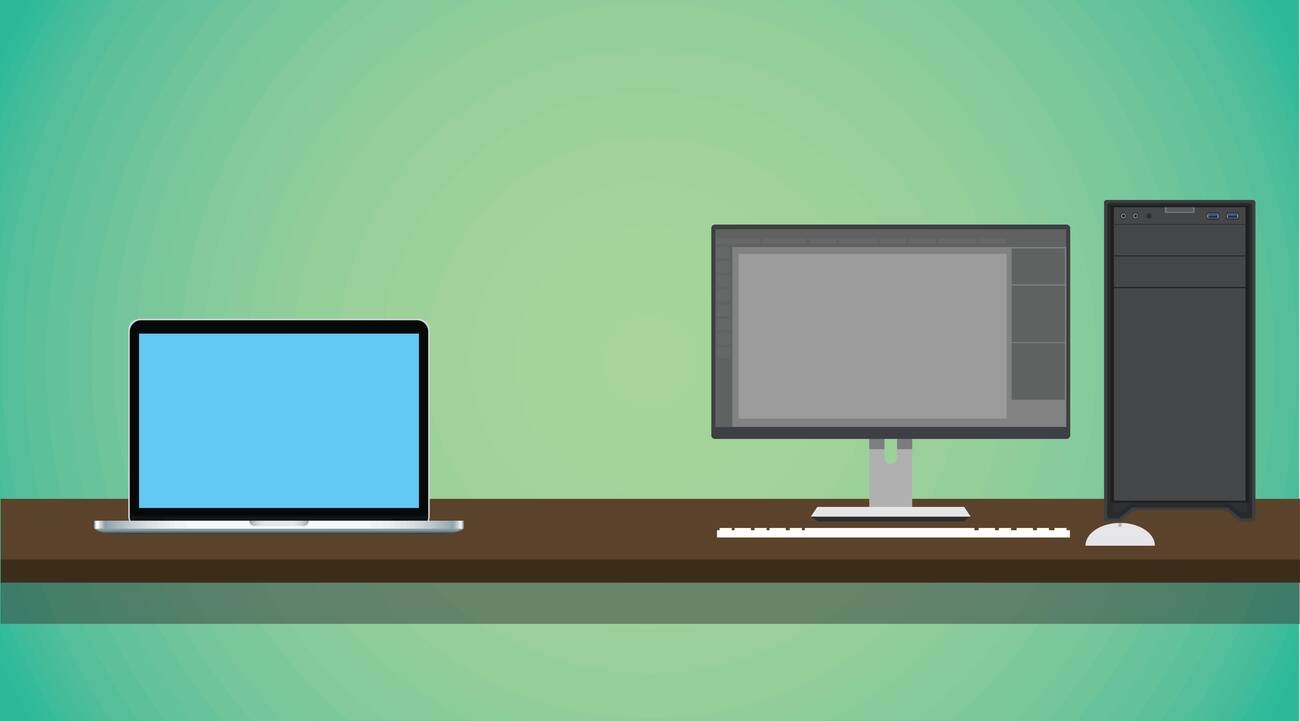Are you ready to discover the exciting future of online 3D printing? Imagine a world where you can bring your ideas to life with just a few clicks. With accessibility, affordability, and endless possibilities for creativity, online 3D printing services are revolutionizing industries. In this article, we will explore the growth and potential of this technology, advancements in printing technology, and its sustainability. Join us on this journey into a world of limitless possibilities and unlock the power of online 3D printing.
Growing Adoption of Online 3D Printing
Online 3D printing is gaining significant traction as entrepreneurs and businesses increasingly embrace the convenience and accessibility it offers. Market trends indicate a growing demand for cost-effective solutions that offer design flexibility, quality control, and customization options. With online 3D printing services, entrepreneurs can access a wide range of materials and tap into the endless possibilities for creativity and innovation.
One of the key advantages of online 3D printing is its cost-effective nature. Traditional manufacturing methods often require high upfront investments and large production volumes to be economically viable. However, online 3D printing allows entrepreneurs to produce small batches or even single items without incurring substantial costs. This enables businesses to test the market, iterate designs, and reduce production lead times, giving them a competitive edge.
In addition to cost savings, online 3D printing offers unparalleled design flexibility. Entrepreneurs can easily modify and customize designs, adapting them to meet specific customer demands. This level of customization and personalization is increasingly sought after by consumers, and online 3D printing allows businesses to meet these preferences efficiently.
Despite the many benefits, entrepreneurs should also consider the importance of quality control when utilizing online 3D printing services. While reputable service providers maintain high standards, there is still a need for businesses to ensure that the final prints meet their quality requirements. This can be achieved through regular communication with the service provider, thorough testing, and inspections of the printed objects.
Expanding Applications in Various Industries
As you explore the future of 3D printing, you’ll discover how this technology is rapidly expanding its applications across various industries. The industry impact of 3D printing is undeniable, with market growth projected to reach $40.8 billion by 2024. Technological advancements have paved the way for new possibilities, fueling the expansion of applications in different sectors. Here are some key insights into the expanding applications of 3D printing:
– Healthcare sector: 3D printing is revolutionizing the healthcare industry by enabling the production of custom medical implants and prosthetics, improving patient outcomes and quality of life.
– Automotive and aerospace industries: 3D printing is being used for rapid prototyping and the creation of lightweight and complex components, enhancing efficiency and performance.
– Architecture and construction sector: 3D printing is transforming the way buildings are designed and constructed, enabling the creation of prototypes and models with speed and precision.
– Consumer goods industry: 3D printing is being explored for fashion and accessories, allowing for personalized designs and unique products.
The future prospects of 3D printing in these industries are promising. Advancements in materials, faster and more precise printers, and integration with other technologies like artificial intelligence and virtual reality will further expand the applications of 3D printing, opening up new avenues for innovation and growth.
Advancements in 3D Printing Technology
With the expanding applications of 3D printing across various industries, it is essential to explore the advancements in 3D printing technology that are driving this transformative innovation. 3D printing advancements have led to enhanced printing capabilities, pushing the boundaries of what is possible. Technological innovations have resulted in faster and more precise 3D printers, allowing for higher resolutions and improved material properties. This has opened up a whole new world of possibilities for complex designs and intricate structures.
The future possibilities of 3D printing are vast and exciting. Integration with artificial intelligence (AI) is one area that holds great promise. AI can enhance the design process by generating optimized structures and improving efficiency. It can also optimize the printing process by adjusting parameters in real-time and detecting and correcting errors. This integration with AI has the potential to revolutionize the field of 3D printing, making it even more efficient and accessible.
Looking ahead, the integration of 3D printing with AI and other emerging technologies like virtual reality, online movie streaming, and blockchain will further streamline the process and enhance the user experience. Imagine a future where you can design and print customized products with just a few clicks, or where virtual reality allows you to visualize and interact with your creations before they are even printed. These advancements in 3D printing technology are paving the way for a future filled with endless possibilities.
Sustainability and Environmental Impact
The sustainability and environmental impact of 3D printing is a critical consideration for entrepreneurs and businesses. As the technology continues to advance, integrating sustainability practices into 3D printing processes becomes increasingly important. Here are some key points to consider:
– Environmental benefits: 3D printing has the potential to reduce material waste significantly compared to traditional manufacturing methods. By utilizing additive manufacturing, only the necessary materials are used, minimizing waste and reducing the environmental footprint.
– Circular economy: 3D printing enables a shift towards a circular economy model. It promotes the reuse, repair, and recycling of products, reducing the need for new production and minimizing resource consumption.
– Material waste reduction: With 3D printing, material waste can be drastically reduced. Unlike subtractive manufacturing processes, which generate a significant amount of waste, 3D printing only uses the required amount of material, resulting in less waste.
– Localized production: 3D printing allows for localized production, which reduces transportation emissions and the need for long supply chains. By producing goods closer to the point of consumption, businesses can minimize their environmental impact.
Incorporating sustainability practices into 3D printing processes not only helps businesses reduce their environmental footprint but also aligns with consumer preferences for eco-friendly products. By embracing sustainable 3D printing practices, entrepreneurs can contribute to a more environmentally conscious future while reaping the benefits of localized production and material waste reduction.
Challenges and Future Possibilities
To overcome the challenges and explore future possibilities of online 3D printing, you must consider the integration of emerging technologies and the need for standardized processes and quality control. As the field of 3D printing continues to advance, exploring new frontiers becomes increasingly important. One such frontier is the exploration of 3D printing in space and extraterrestrial environments. Imagine a future where astronauts can 3D print tools and equipment on-demand during long-duration space missions, reducing the need for resupply missions and enhancing mission autonomy. However, along with these possibilities come intellectual property concerns.
With the ease of sharing digital designs online, protecting intellectual property rights becomes a crucial challenge. Companies and individuals must navigate the complex landscape of copyright issues and ensure that their designs are not misused or replicated without permission. Additionally, standardized processes and quality control present ongoing challenges. With the proliferation of online 3D printing services, maintaining consistent quality across different service providers can be difficult. Establishing standardized processes and implementing robust quality control measures will be essential to ensure that customers receive high-quality prints and reliable service. By addressing these challenges, we can pave the way for a future where online 3D printing becomes even more accessible, efficient, and reliable.
## Benefits of Free Online 3D Printing Services
Are you curious about the advantages of utilizing free online 3D printing services? Look no further. Here are some key benefits that make these services worth exploring:
– Cost effectiveness: Free online 3D printing services allow you to bring your ideas to life without the need for expensive equipment or materials. This affordability makes it an attractive option for entrepreneurs and individuals alike.
– Accessibility: With free online 3D printing services, you can access the technology from anywhere with an internet connection. This opens up a world of possibilities for individuals who may not have access to 3D printers locally.
– Customization: Free online 3D printing services offer the ability to create custom designs tailored to your specific needs. Whether it’s a personalized gift or a prototype for your business, you have the freedom to bring your unique ideas to life.
– Quality control: While there may be some variations in print quality and accuracy, choosing reputable and reliable services can help mitigate this concern. It’s important to do your research and read reviews to ensure you’re working with a trusted provider.
– Intellectual property concerns: When using free online 3D printing services, it’s crucial to consider intellectual property concerns. Make sure you have the necessary rights or permissions to print certain designs to avoid any legal issues.
Challenges of Free Online 3D Printing Services
When utilizing free online 3D printing services, you may encounter certain challenges that can impact the overall experience. These challenges include quality control, intellectual property concerns, potential variations in print quality and accuracy, and the importance of choosing reputable and reliable services.
To better understand these challenges, let’s take a closer look at each one:
1. Quality control: With free online 3D printing services, there may be a lack of stringent quality control measures in place. This could result in inconsistent print quality or even failed prints. It’s important to carefully review user reviews and ratings to ensure the service provider has a track record of delivering high-quality prints.
2. Intellectual property concerns: Free online 3D printing services often require users to upload their digital designs. This raises concerns about the protection of intellectual property. It’s crucial to choose a service provider that has clear policies in place to protect your designs and respects your ownership rights.
3. Potential variations in print quality and accuracy: Free services may have limited production capacity or use lower-quality equipment, leading to variations in print quality and accuracy. It’s advisable to thoroughly research and compare different service providers to find one that consistently delivers reliable results.
To navigate these challenges, it is important to choose reputable and reliable providers who prioritize quality control and intellectual property protection. By doing so, you can ensure a more positive experience and achieve the desired outcomes from your 3D printing projects.
Improved Printing Technology
As you explore the future of online 3D printing, one notable aspect to consider is the advancements in printing technology. These advancements have the potential to revolutionize the industry and unlock new possibilities for users. Here are some key improvements to look forward to:
– Faster printing speeds: With the development of faster 3D printers, you can expect reduced printing times, allowing you to bring your ideas to life more quickly.
– Higher resolutions: Improved printing technology enables higher resolutions, resulting in finer details and smoother surfaces for your printed objects. This means you can achieve a higher level of precision and accuracy in your designs.
– Improved material properties: The materials used in 3D printing are constantly evolving, offering enhanced strength, durability, and flexibility. This opens up new opportunities for creating functional prototypes and end-use products.
– Enhanced design possibilities: As printing technology advances, so does the range of design possibilities. You will have more freedom to create intricate and complex designs, pushing the boundaries of what is possible.
– Streamlined user experience: With the integration of user-friendly interfaces and intuitive software, the overall user experience in 3D printing will become more seamless and accessible. This will make it easier for beginners to get started and for experienced users to optimize their printing process.
Collaboration and Community Building
By fostering collaboration and building a strong community, you can maximize the potential of online 3D printing. Design collaboration is at the heart of this concept, as it allows individuals from different parts of the world to come together and work on creative projects. Through online platforms and forums, a global community of 3D printing enthusiasts can share their knowledge, experiences, and expertise. This knowledge sharing not only accelerates learning but also sparks innovation and pushes the boundaries of what is possible.
One of the key benefits of collaboration and community building in online 3D printing is the opportunity for user feedback. By sharing designs and prototypes, individuals can receive valuable insights and suggestions from others, leading to improvements and refinements. This feedback loop not only enhances the quality of the final product but also fosters a sense of camaraderie and support within the community.
Moreover, collaboration and community building enable individuals to engage in collaborative projects, where they can combine their skills and expertise to tackle complex challenges. This collaborative approach not only facilitates the exchange of ideas and resources but also promotes a sense of shared accomplishment and collective growth.
Integration With Other Technologies
To fully unlock the potential of online 3D printing, it is essential to integrate it with other emerging technologies, such as artificial intelligence, virtual reality, and blockchain, in order to streamline the process and enhance the user experience. By combining these technologies, online 3D printing can offer a more streamlined user experience and enhanced design capabilities.
Artificial intelligence integration:
– AI can automate and optimize various stages of the 3D printing process, from design generation to material selection and print optimization.
– Machine learning algorithms can analyze data from previous prints to improve print quality and reduce errors.
Virtual reality integration:
– VR can provide a realistic and immersive environment for designing and visualizing 3D models before printing.
– Users can interact with their designs in real-time, making adjustments and improvements more efficiently.
Blockchain integration:
– Blockchain technology can ensure the security and traceability of 3D printed designs, protecting intellectual property rights and preventing unauthorized modifications.
– Smart contracts can automate payment and licensing processes, facilitating transactions between designers and users.



